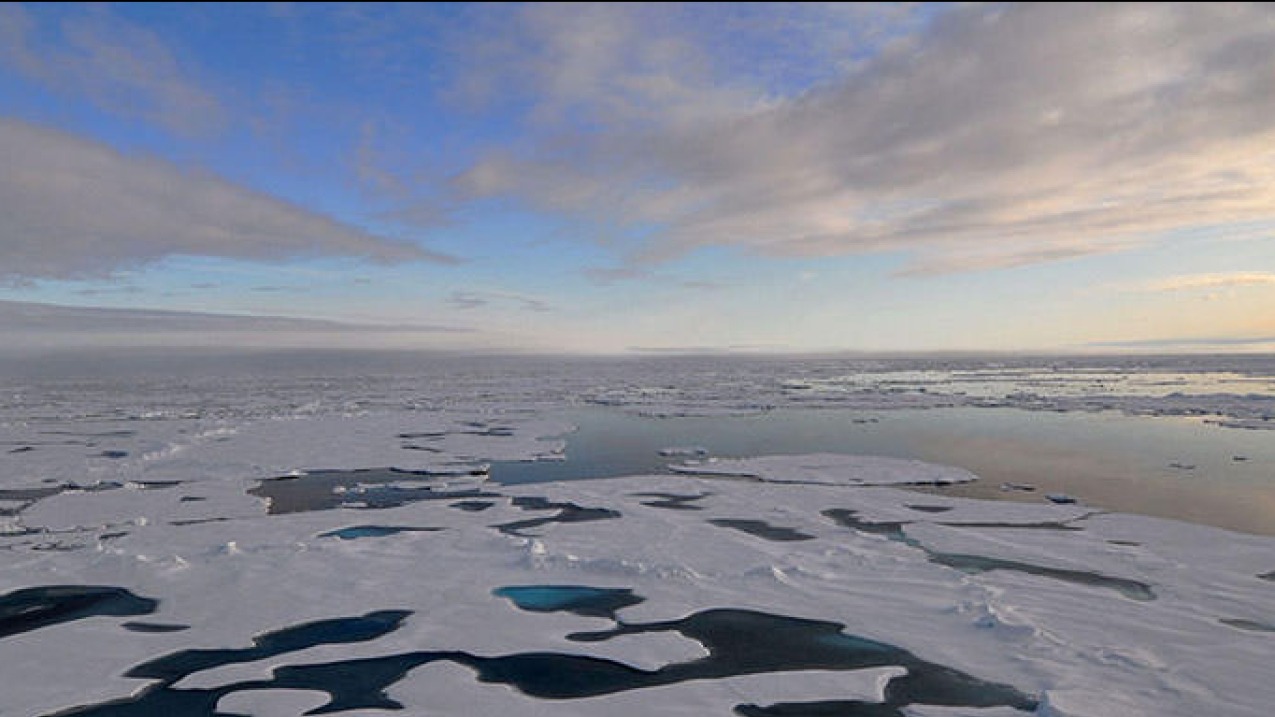Today, the Department of Commerce and NOAA announced a $1.8 million award to support the development, procurement and deployment of innovative ocean monitoring technologies in NOAA’s Arctic Research Program. These technological advances will lead to an improved understanding of the changing sea ice and ocean conditions in the Arctic marine environment. These funds are made possible by the Biden-Harris Administration’s Bipartisan Infrastructure Law, as part of President Biden’s Investing in America agenda.
“This award will improve NOAA’s access to climate information in the Arctic, helping us better understand and address the impacts of climate change in the region,” said U.S. Secretary of Commerce Gina Raimondo. “This investment, made possible thanks to the Investing in America agenda, demonstrates the Biden-Harris Administration’s commitment to national scientific research, development, and discovery, which are vital to the livelihoods and the economic wellbeing of communities in the Arctic and across the globe.”
According to the 2023 NOAA Arctic Report Card, sea ice thickness and extent continue to decline, and sea surface temperatures show warming trends in nearly all regions of the Arctic Ocean. The impact of these trends on marine ecosystems, and on the broader global ocean and climate system, is still uncertain. Novel approaches and technologies are needed to fill knowledge gaps and bolster the existing fleet of Arctic monitoring systems.
“The rate of climate change in the Arctic is outpacing everywhere else on the planet,” said NOAA Administrator Rick Spinrad, Ph.D. “With these BIL funds, we will expand our observational capabilities in the Arctic, in alignment with NOAA’s Arctic Strategy & Vision to strengthen foundational science and to detect Arctic climate and ecosystem changes.”
NOAA’s Arctic Research Program, which is housed within the Global Ocean Monitoring and Observing Program (GOMO), will collaborate with academic partners, NOAA cooperative institutes and the Navy’s Office of Naval Research to enhance and increase existing technologies that monitor sea ice and ocean conditions in the Arctic.
These BIL funds will support the following research initiatives:
- Expansion and enhancement of the Argo float array into the Arctic ($1.2 million): These funds will add floats and enhance Argo monitoring capabilities and advance existing Argo technology to detect and avoid sea-ice, reducing the potential for instrument damage. The work will be carried out at the Woods Hole Oceanographic Institution offsite link, in collaboration with the Office of Naval Research.
- Added sensors to improve understanding of sea ice change ($296,000): To understand what is driving changes and the rate of change in Arctic sea-ice thickness and its role in the climate system, this award to Dartmouth College offsite linkwill be used to increase the capability and number of seasonal ice mass balance buoys deployed in the region.
- Innovative ocean observing infrastructure in the Northern Bering and Chukchi Seas ($315,000): NOAA will invest in two ice-responsive monitoring systems. This effort, part of the Ecosystems and Fisheries-Oceanography Coordinated Investigations (EcoFOCI) research program, is a joint research program between the Alaska Fisheries Science Center, the Pacific Marine Environmental Laboratory and GOMO’s Arctic Research Program.
“The Arctic Research Program is excited to leverage these BIL funds to support our researchers and enable them to do what they do best: Collect invaluable observational data to advance our understanding of an evolving Arctic,” said Sandy Lucas, Ph.D., director of NOAA’s GOMO Arctic Research Program (ARP). “These funds provide a unique opportunity for ARP to work with diverse partners, like the Office of Naval Research, and to test new technologies that could revolutionize our in-situ ocean and sea-ice observing capabilities in the Bering, Chukchi and Beaufort Seas.”
Visit the Bipartisan Infrastructure Law website to learn about current and future funding opportunities.
Climate, weather, and water affect all life on our ocean planet. NOAA’s mission is to understand and predict our changing environment, from the deep sea to outer space, and to manage and conserve America’s coastal and marine resources.
Source link
julie.bedford www.noaa.gov

